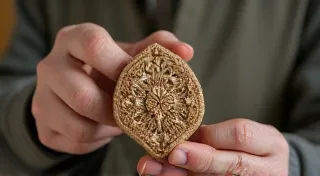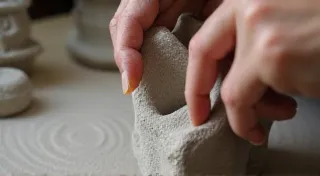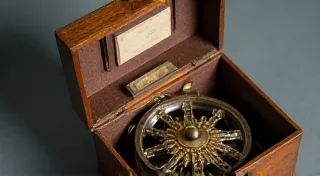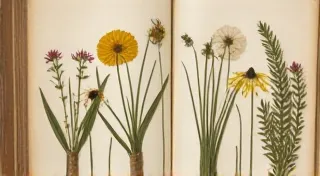The Rust of Memory: Preserving Authenticity in Miniature Railroading
There's a peculiar beauty in decay, a quiet dignity in the passage of time. It’s a beauty I’m intimately familiar with, not just in miniature railroading, but in a seemingly unrelated hobby: antique accordions. I'm not a musician, not really. But I’m captivated by the feeling of holding a piece of history in my hands, the weight of its age, the echoes of melodies played decades ago. The scent of aged leather, the patina of brass, the way the bellows creak – these aren’t signs of neglect, but whispers of a rich past. That same principle applies, profoundly, to achieving authenticity in our miniature railways.
We, as serious miniature railway hobbyists, aren’t simply building models. We’re crafting narratives. We’re recreating moments, environments, and experiences. We’re building a tangible connection to a bygone era. And a freshly-sprayed, perfectly-clean locomotive, however accurately detailed, simply doesn't tell that story. It lacks the *character* – the rust of memory, if you will – that breathes life into a miniature world.
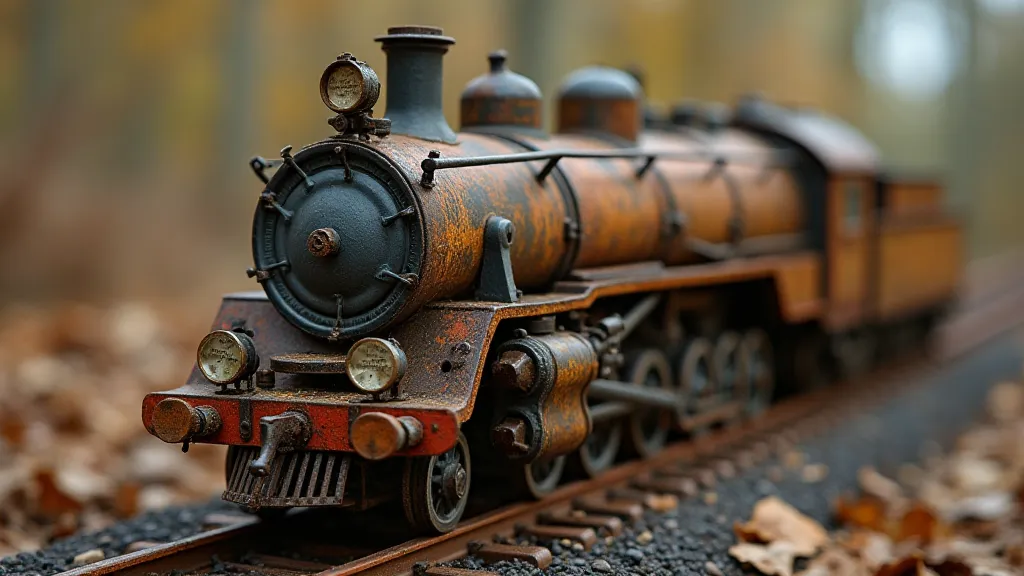
Beyond Grime: Telling a Story Through Weathering
The typical approach to weathering often stops at a coat of black wash and a dusting of weathering powder. While these techniques certainly have their place, they represent only the superficial level of realism. True authenticity requires an understanding of the forces that shape railway equipment – the relentless assault of rain, snow, sun, and industrial fallout. Consider the environment your railway represents. A steam engine operating in a coal mining region will tell a very different story than one serving a Pacific Coast line. The color palette alone shifts dramatically – the dusty browns and greys of the coal fields contrasting sharply with the vibrant greens and blues of the coastline. And just as important as the colors themselves is the placement and intensity of these weathering effects; a coastal engine might show salt-induced corrosion far more prominently than coal dust. It’s a subtle but crucial distinction.
Think about the materials. Steel, brass, copper, wood – each ages differently. Steel rusts, often in layers of orange and brown. Brass tarnishes, developing a verdigris patina. Wood weathers to a silvery gray, often stained by moisture and grime. The challenge lies in replicating these processes convincingly. It's about understanding not just *how* materials weather, but *why* they weather in specific ways, influenced by their environment and use. For instance, the design of a locomotive, its shape and contours, dictates where grime and rust will accumulate. This requires careful observation and planning, often drawing inspiration from real-world prototypes. Thinking about the overall aesthetic and how colors interact can be helped by a basic understanding of chromatic harmonies – considering the color relationships in your diorama design to create the desired atmosphere and realism.
Don’t be afraid to experiment. There’s no single “correct” method. Start with a base coat of thinned acrylic paint to simulate decades of accumulated grime. Use a variety of pigments – raw umber, burnt sienna, rust pigments – to create subtle variations in color. Dry brushing is your friend; use it sparingly to highlight edges and create a sense of texture. Then, introduce oils – thin layers of oil paint, thinned with odorless mineral spirits – to soften the edges and add depth. These oils can be subtly blended, wiped away, and layered to simulate everything from oil leaks to the accumulation of coal dust.
The Art of Mimicry: Railroad Detailing Guide
Authenticity isn’s just about the external appearance; it’s about the details. A missing grab handle, a chipped paint mark, a single speck of bird droppings – these seemingly insignificant imperfections contribute to the overall sense of realism. Consider the condition of the undercarriage. While the upper portions of a locomotive might receive occasional cleaning and maintenance, the undercarriage is often neglected, accumulating grease, grime, and rust. Pay attention to the wheels – are they clean and shiny, or are they caked in dirt and grime? The placement of these details isn't random; it's a reflection of the locomotive’s history and its usage patterns. Understanding the practical realities of railroad operations – the routines, the maintenance schedules, the environmental factors – is crucial for achieving a truly authentic look.
Scratch building becomes invaluable here. Replacing plastic details with hand-crafted counterparts, made from styrene or even found objects, can add an unparalleled level of authenticity. A custom-built smokestack, slightly misaligned or bearing the marks of repairs, is far more convincing than a perfectly molded plastic part. And don’t overlook the small details – the lamp brackets, the valve boxes, the air hoses. These often-overlooked elements can make a significant difference. The ability to create these bespoke components often requires a careful plan for how everything will fit together harmoniously; the placement of scenery elements can be influenced by the overall layout, which is something that can be considered by a trained curator’s eye to maximize the emotional impact.
Historical Context & Personal Resonance
My interest in authenticity stems from a deep respect for the individuals who built and maintained these machines. These weren’t just pieces of equipment; they were vital components of a complex system, relied upon to transport goods and people across vast distances. The men and women who worked on these railways – the engineers, the firemen, the mechanics – poured their skill and dedication into their craft. Their efforts are etched into the very metal of these machines.
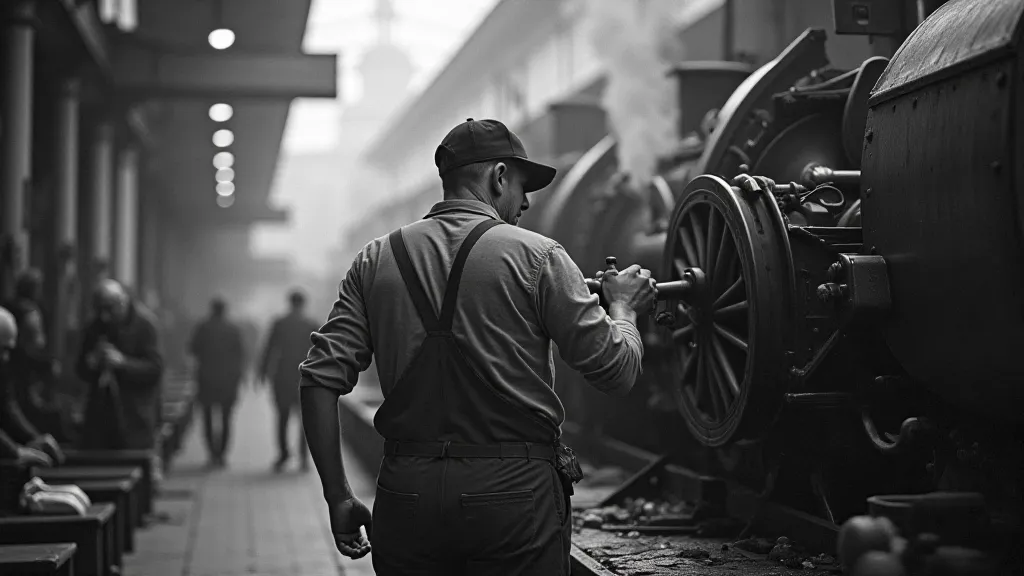
The same reverence for craftsmanship extends to the accordions I collect. Each one tells a story – a tale of music, of travel, of human connection. I'm not interested in pristine, untouched instruments. I prefer those that bear the marks of time, the scars of a life well-lived. A cracked bellows, a worn key, a faded label – these aren’t flaws; they’re evidence of a rich history.
N Scale Track Planning and HO Scale Engine Maintenance: A Holistic Approach
The pursuit of authenticity isn’t limited to the rolling stock. Consider the environment itself. A meticulously detailed locomotive looks out of place on a pristine, lifeless track bed. Carefully plan your scenery – create a realistic landscape with subtle variations in elevation, vegetation, and weathering. Use natural materials – rocks, dirt, sand – to create a believable terrain. And don't forget the details – the fences, the buildings, the telegraph poles. The overall goal is to create an immersive experience, a world that feels lived-in and authentic.
Even seemingly disparate aspects of the hobby, like N scale track planning for intricate layouts and HO scale engine maintenance, feed into this larger goal. A poorly planned track scheme detracts from the illusion of realism. Conversely, careful maintenance not only keeps your engines running smoothly but allows you to truly understand their construction and how age and usage impact their appearance. To really get a feel for the landscape, you might consider drawing inspiration from historical maps; a knowledgeable cartographer’s compass can guide you to interesting prototypes and eras.
Layout Design Guide & Troubleshooting
Troubleshooting isn't just about fixing mechanical problems; it’s about understanding how materials behave under stress, how weather patterns affect surfaces, and how to replicate these effects believably. A leaky oil stain is more than an annoyance - it's an opportunity to learn about the interaction of different materials and how to replicate it on a miniature scale. It requires a combination of technical skill and artistic intuition, a willingness to experiment and learn from your mistakes.
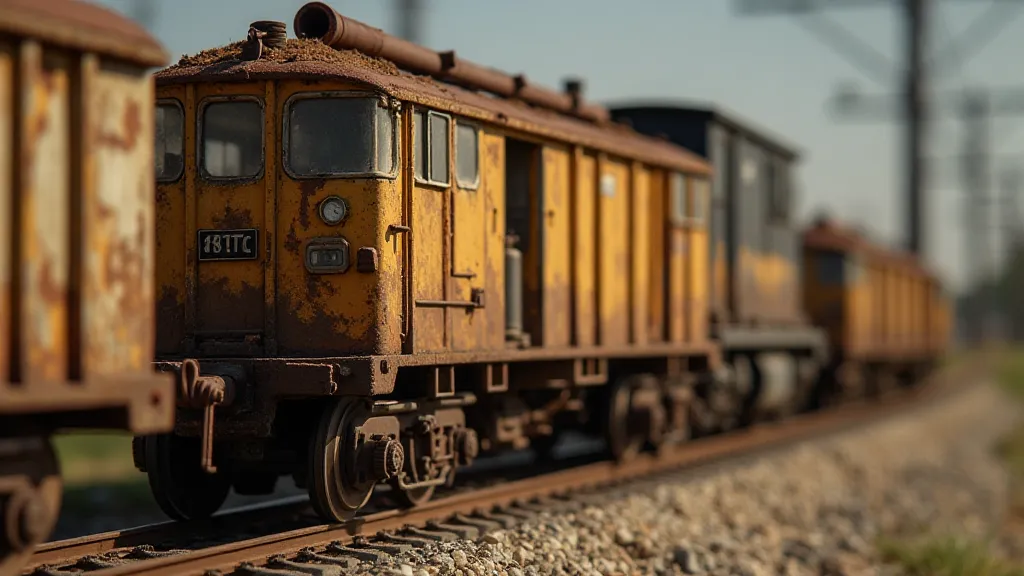
Ultimately, the pursuit of authenticity in miniature railroading is a journey of discovery, a constant process of learning and refinement. It requires patience, observation, and a willingness to experiment. But the rewards are well worth the effort. For when we create a miniature world that truly resonates with the spirit of the past, we’ll have achieved something far more profound than simply building a model. We'll have created a living testament to the power of human ingenuity and the enduring beauty of a bygone era.


